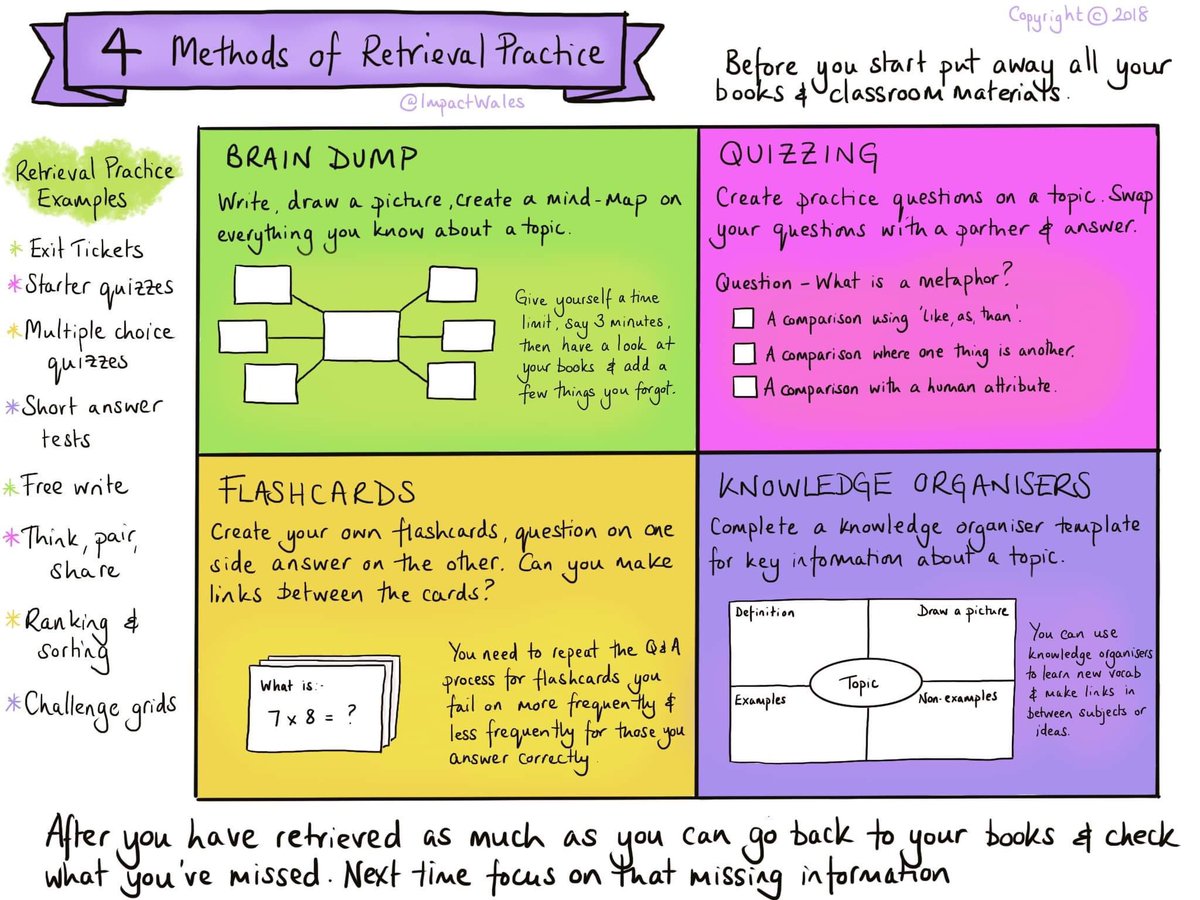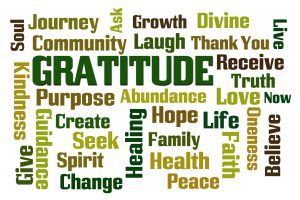Learning How to Learn
WELCOME TO “LEARNING HOW TO LEARN”!!!
![]()
Today, you’ll create a visual note on two strategies for learning and complete a questionnaire about what you have learned.
What is learning?
Learning is “a process that leads to change” (Ambrose et al, 2010, p. 3). The change in the learner may happen at the level of knowledge, attitude, or behaviour. It is a permanent change in long-term memory.
Learning occurs when we are able to:
- Gain a mental or physical grasp of the subject.
- Make sense of a subject, event or feeling by interpreting it into our own words or actions.
- Use our newly acquired ability or knowledge in conjunction with skills and understanding we already possess.
- Do something with the new knowledge or skill and take ownership of it.
Examples include:
- learning to ride a bike
- learning to skate
- learning to read the words on the page of a book
- learning to make inferences from the actions of the character, the action, and the conflict
- learning what numbers mean
- learning to follow a recipe
- learning to conduct a science experiment and draw conclusions.
What is retrieval practice?
The act of recalling learned information from memory (with little or no support) and every time that information is retrieved, or an answer is generated, it changes the original memory to make it stronger.
Retrieval practice is a study method that encourages students to engage with the material in an active way (teaching, annotating, completing practice tests) rather than passive learning (re-reading or highlighting).
Retrieval practice makes learning effortful and challenging. Because retrieving information requires mental effort, we often think we are doing poorly if we can’t remember something. We may feel like progress is slow, but that’s when our best learning takes place. The more difficult the retrieval practice, the better it is for long-term learning.

What is spaced practice?
Spaced practice is the exact opposite of cramming. When you cram, you study for a long, intense period of time close to an exam. When you space your learning, you take that same amount of study time, and spread it out across a much longer period of time. Doing it this way, that same amount of study time will produce more long-lasting learning. For example, five hours spread out over two weeks is better than the same five hours right before the exam.
Struggling to learn – through the act of practicing what you know and recalling information – is much more effective than re-reading, taking notes, or listening to lectures. Slower, effortful SPACED RETRIEVAL practice leads to long-term learning. In contrast, fast, easy strategies like rereading, cramming, and highlighting only lead to short-term learning.
So, two REALLY good learning strategies => SPACED RETRIEVAL PRACTICE.
After you complete your note, move on to the session questionnaire.
You will find the questionnaire here: http://bit.ly/whslearn2021
BOOKMARKS!!
CHECK OUT QUIZLET……TERRIFIC RETRIEVAL TOOL.


















